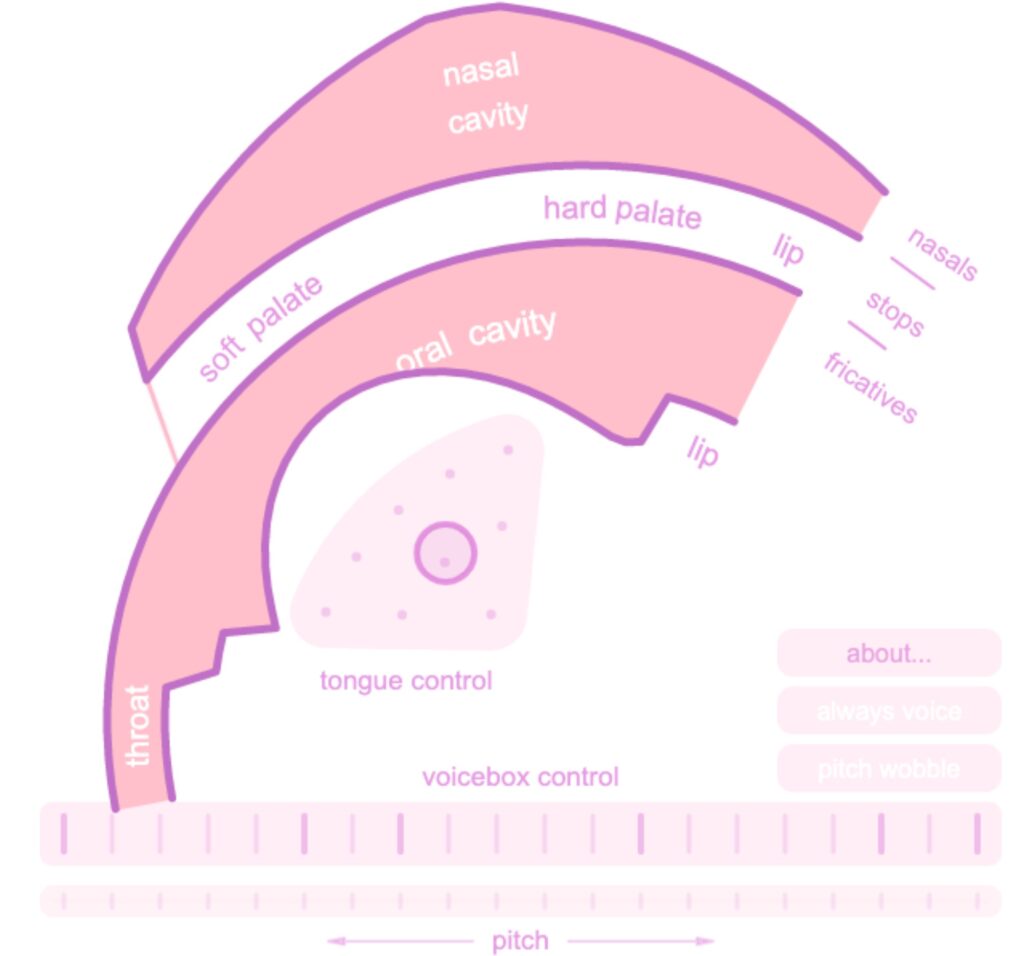There are many popular ways to synthesize a musical tone.
Here are a few:
Subtractive: Make a buzzing sound. Then sculpt the buzzing down to something that sounds nice.
Additive: Since signals can be expressed as a sum of sine waves, we can build complex sounds from combinations of sine waves.
FM: Signals do very interesting and volatile things when modulated by other signals. Tame that madness!
What’s the goal?
The goal of most synths is to make things that sound good or interesting to our ears.
This has biological implications that are worth examining.
The “buzz” of the sawtooth oscillator is actually pretty close to the buzz of our vocal chords.
Our vocal chords produce a buzz sound which is filtered, shaped and modulated by our throat, our tongue and oral cavity.

So not only do we have a sawtooth oscillator inside of us, we have a complex set of filters and modulation tools and many years of experience operating this particular vocal synthesizer.
Our ears are able to differentiate quite subtle tonal and spectral variations produced by other humans — so it makes sense that we model our instruments to produce the same type and range of sounds.